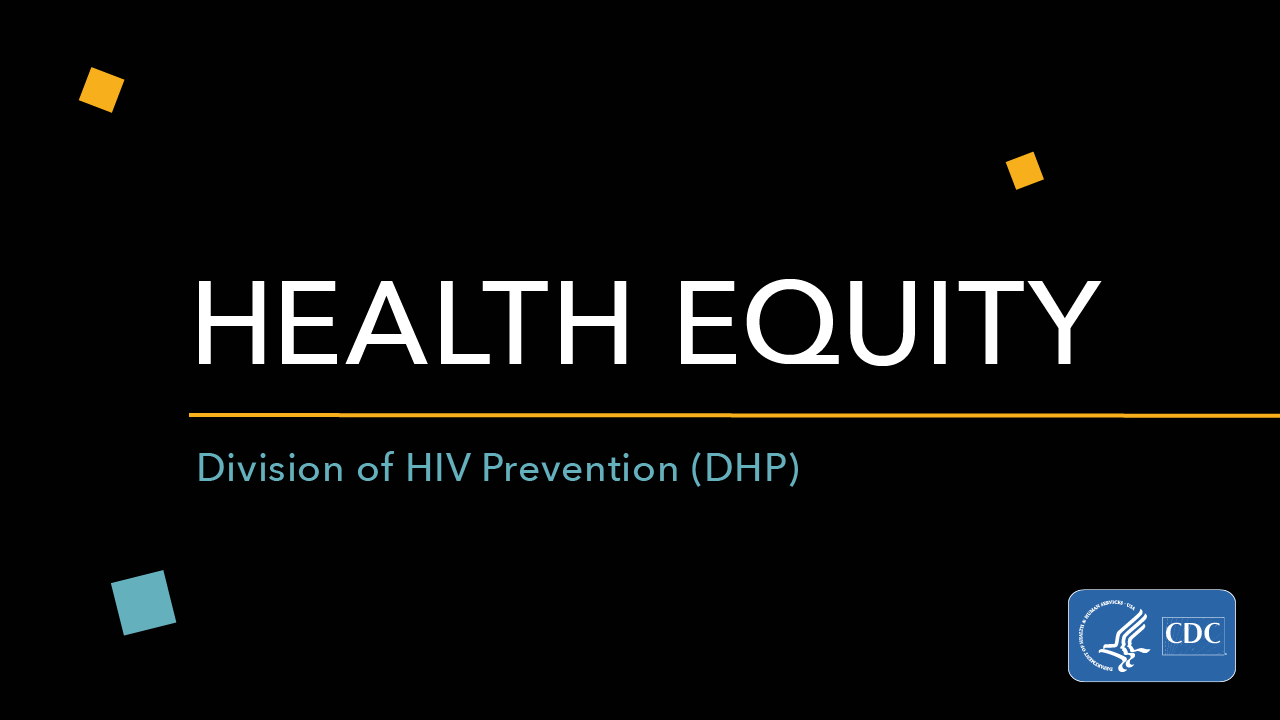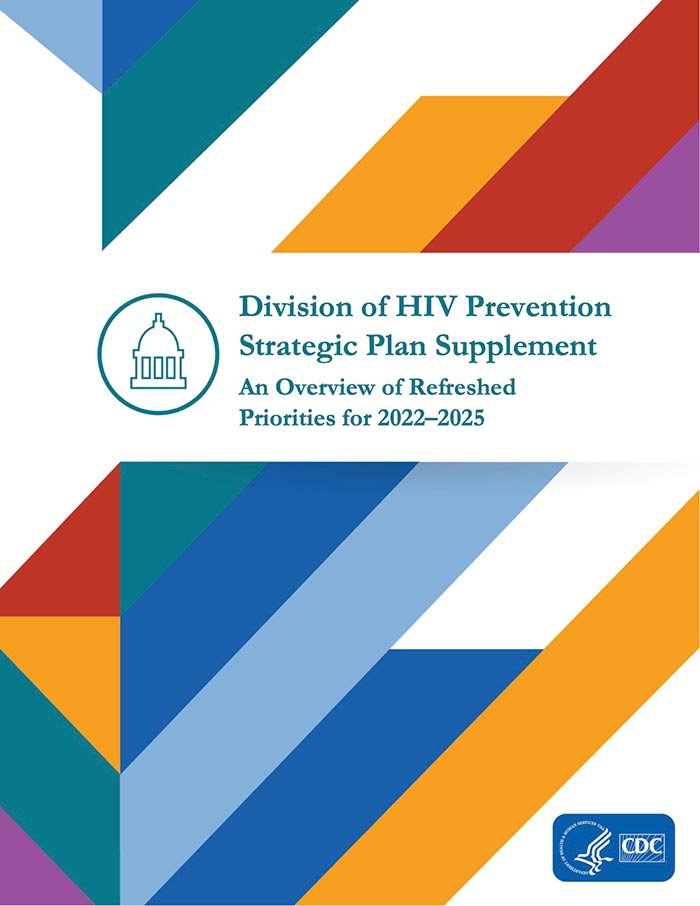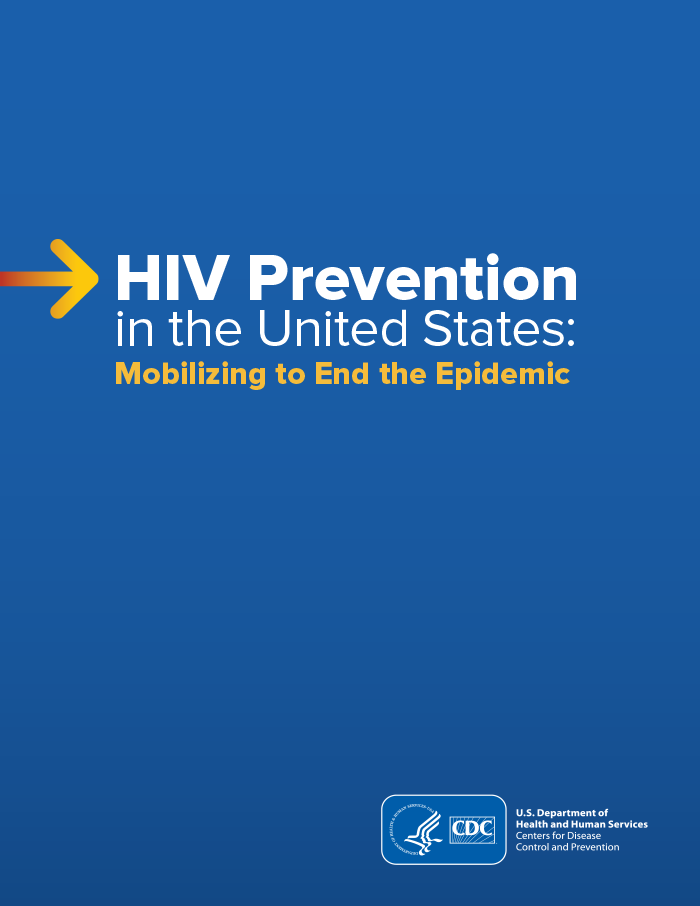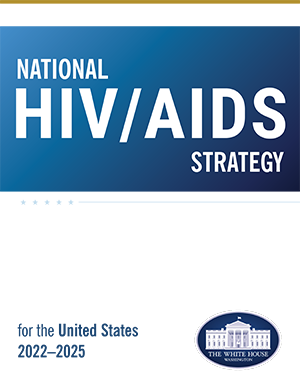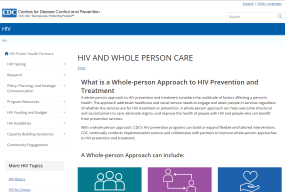Strategic Priorities
CDC uses a strategic approach to HIV prevention that includes monitoring progress on national goals.
This video explains how DHP is working to prioritize and embed equity into the fabric of its workplace culture, workplace operations and public health activities.
The DHP Strategic Plan Supplement 2022-2025 is an overview of refreshed priorities. It builds on DHP’s existing goals, objectives, strategies, and indicators to serve as a practical guide to inform the Division’s work.
This resource provides an overview of the HIV epidemic in the United States, CDC’s vision for HIV prevention, and how the agency is working to mobilize efforts to end the HIV epidemic.
The National HIV/AIDS Strategy (2022–2025) provides stakeholders across the nation with a roadmap to accelerate efforts to end the HIV epidemic in the United States by 2030.
A whole-person approach allows flexibility to build or expand HIV prevention programs that consider the multitude of factors which can affect a person’s health.
The Division of HIV Prevention’s (DHP) Equity Plan Information Sheet [PDF – 128 KB] provides a summary of the division’s Equity Plan. The plan guides DHP in ensuring it is an organization that prioritizes and embeds equity into the fabric of its workplace culture, workplace operations and public health activities.
